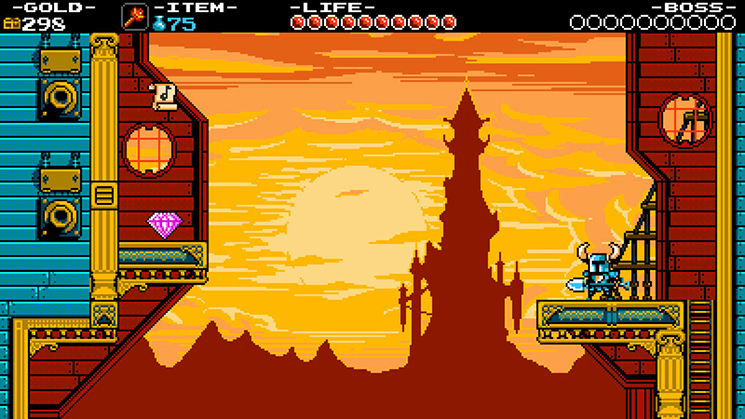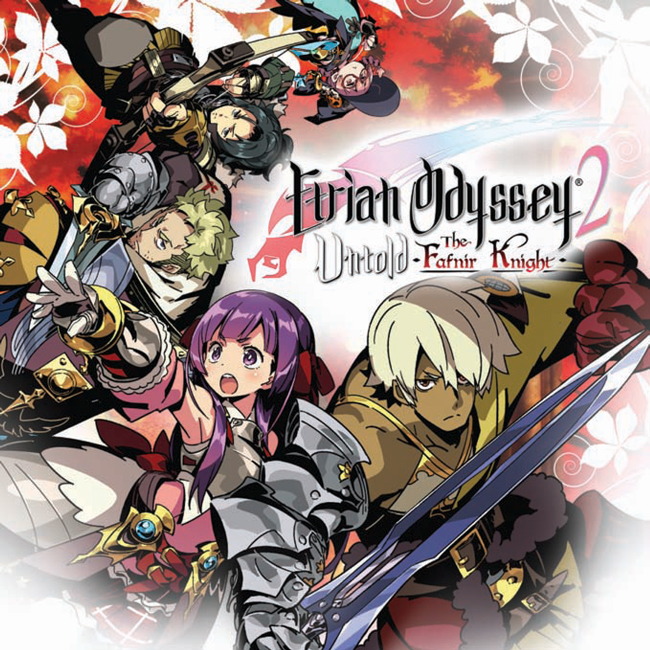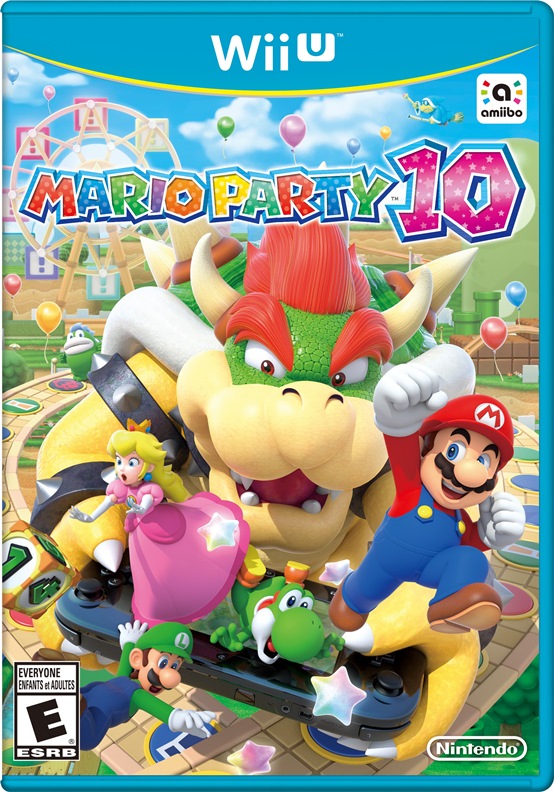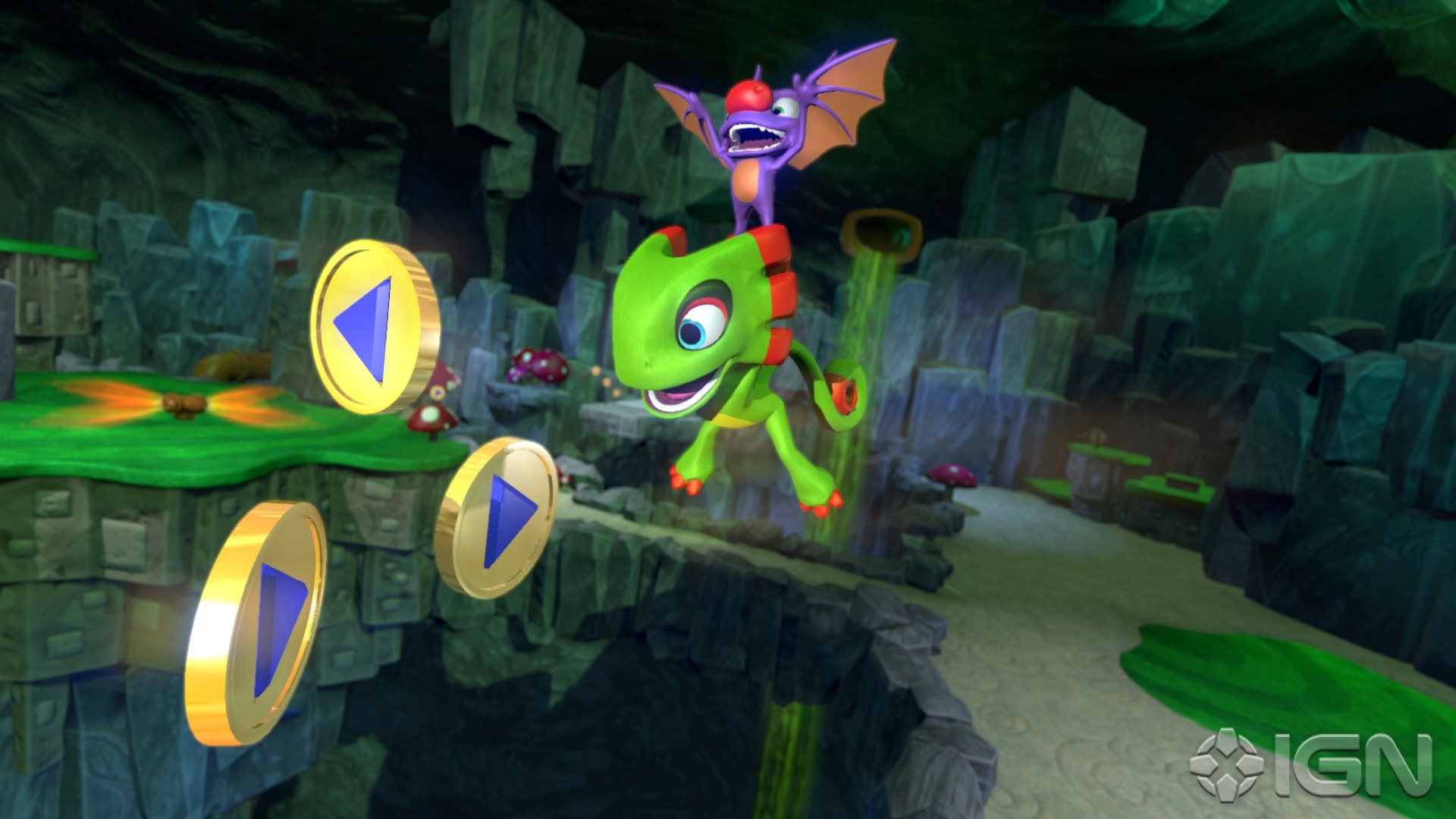The Strong National Museum of Play will be making its first selection for the World Video Game Hall of Fame in June. Nominees have now been announced, and the lineup includes The Legend of Zelda, Super Mario Bros., Pokemon, and more.
The entire listing of finalists is as follows:
Angry Birds
DOOM
FIFA
The Legend of Zelda
Minecraft
The Oregon Trail
Pac-Man
Pokémon
Pong
The Sims
Sonic the Hedgehog
Space Invaders
Super Mario Bros.
Tetris
World of Warcraft
The winner will be chosen based upon its iconic status, longevity, notoriety, and overall impact on the entertainment industry. A committee of journalists and industry bigwigs will be making the decision.
In the PlayStation versions of Shovel Knight, Yacht Club included a special stage featuring Sony’s Kratos character. The same was done for the Xbox One version, which has a Battletoads boss level. There’s nothing similar to speak of at present for Shovel Knight on Wii U or 3DS, but that doesn’t mean Yacht Club Games isn’t interested in the possibilities. Far from it actually!
In an interview with GamingBoulevard, Yacht Club Games’ David D’Angelo spoke about the character he’d like to see in the Nintendo versions of Shovel Knight if the opportunity presented itself:
Who knows?! It’d be amazing to work with a Nintendo IP. They have so many great ones to choose from. I usually go for the weirdos, so Tingle would be right up my alley.
Elsewhere in the interview, D’Angelo spoke about his interest in seeing Shovel Knight in Smash Bros.:
Absolutely, Shovel Knight in smash would be incredible! We play Smash Bros. pretty much every day, and to see our character as part of the roster would be an amazing honor! Lots of our fans have come up with really great descriptions for attacks and final smashes, I’d suggest checking them out!
Atlus is providing fans with a sneak peak of the Etrian Odyssey 2 Untold: The Fafnir Knight art book. All pre-orders and first-print copies will come with this special bonus, which features concept sketches, character backgrounds and descriptions and more from lead character designer Yuji Himukai. Also included are some QR codes that unlock beginner-friendly items.
Take a look at some pages from the art book below.
Source: Atlus PR




